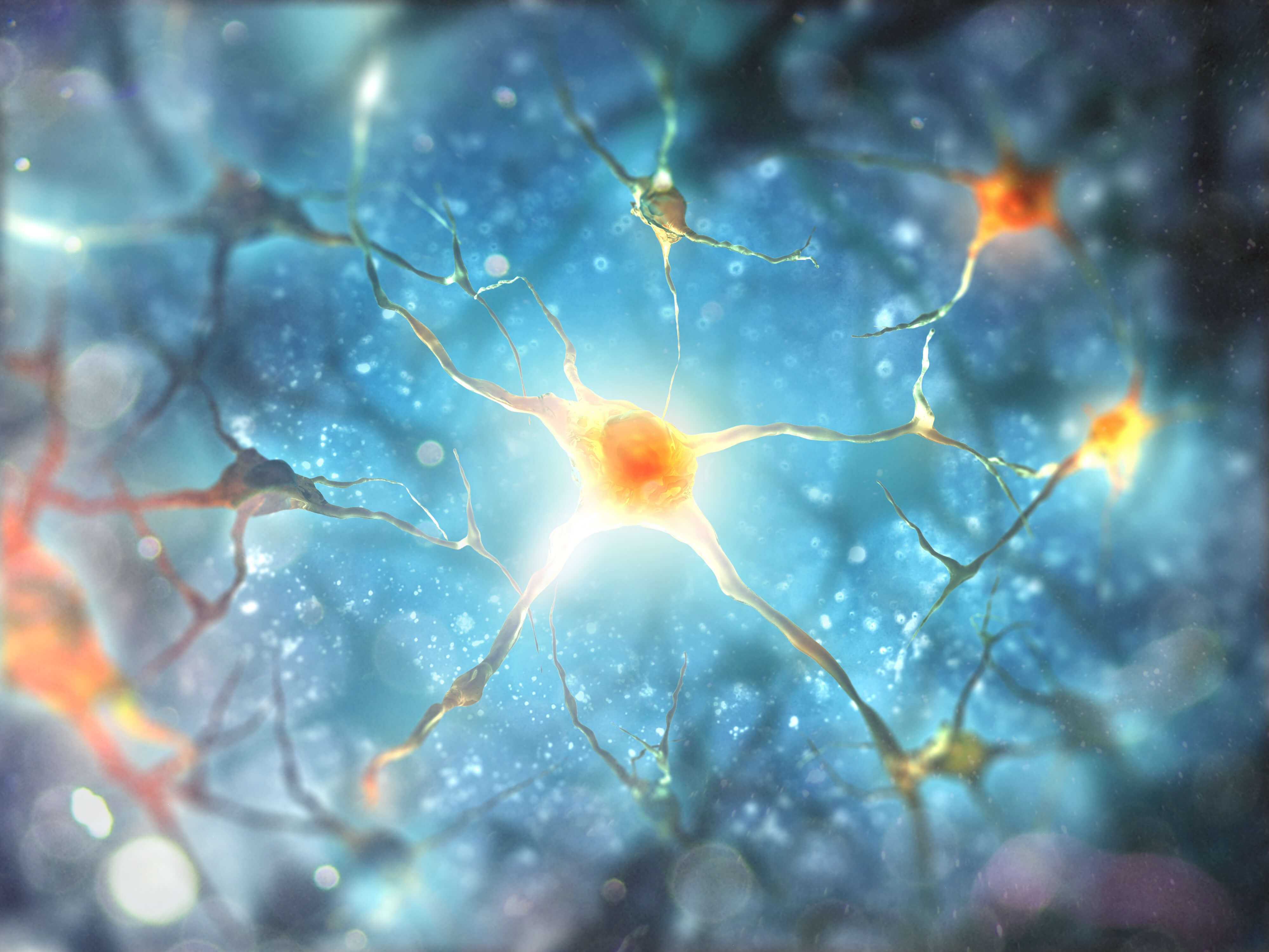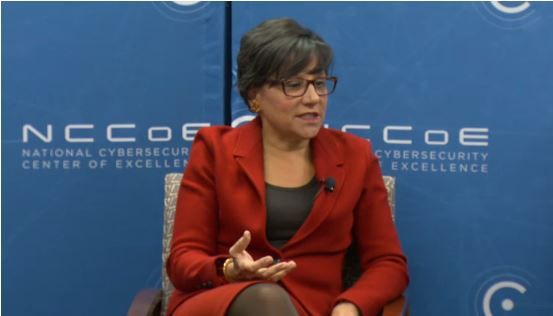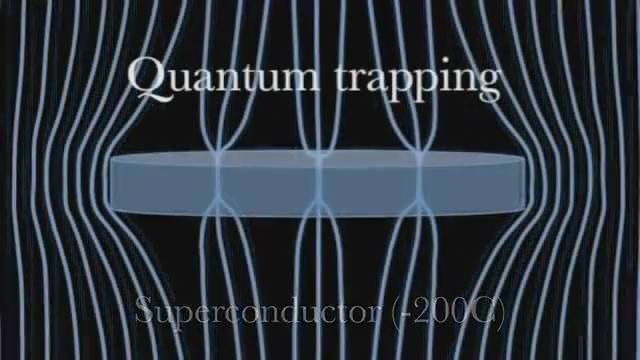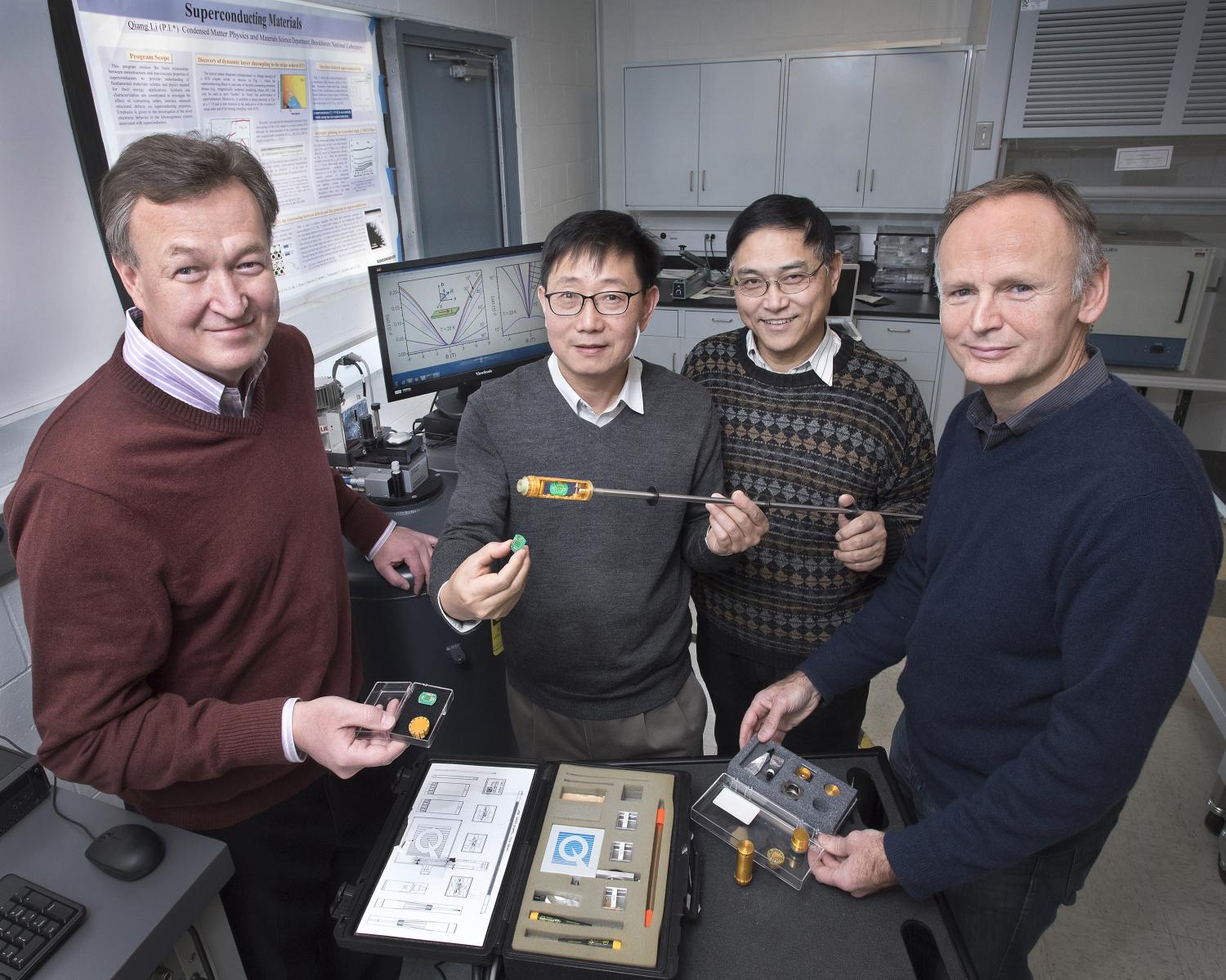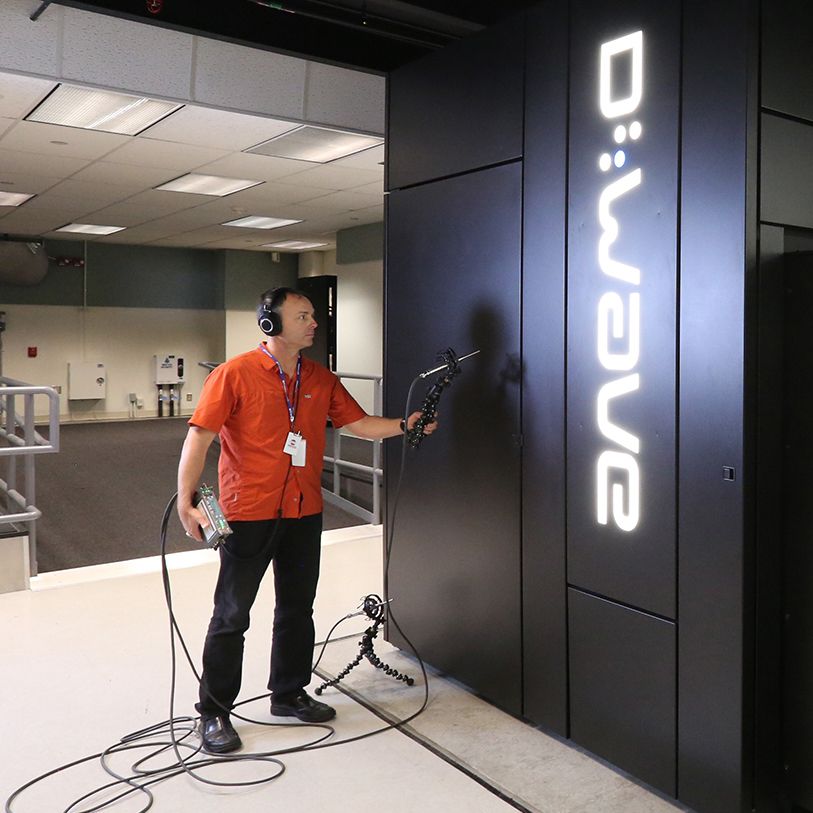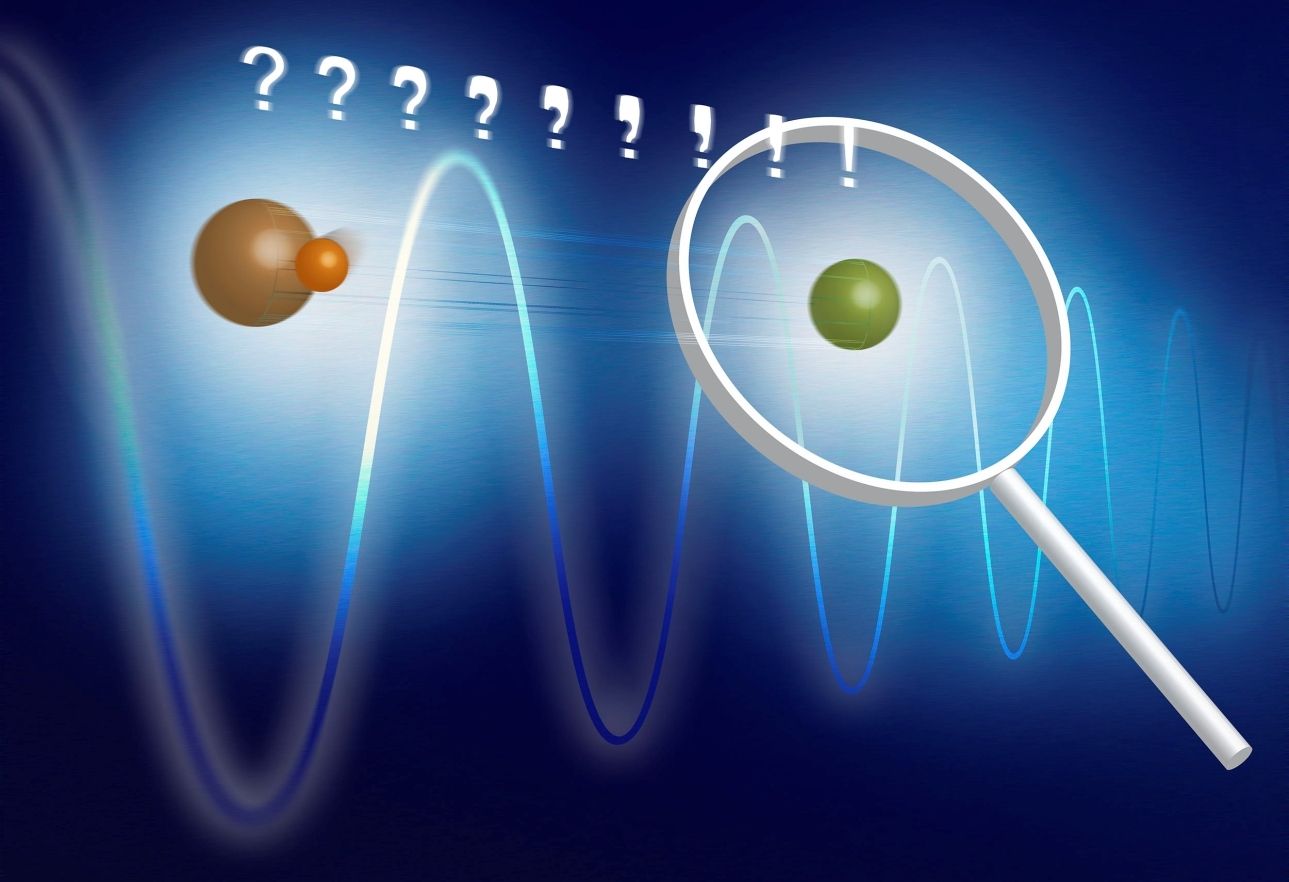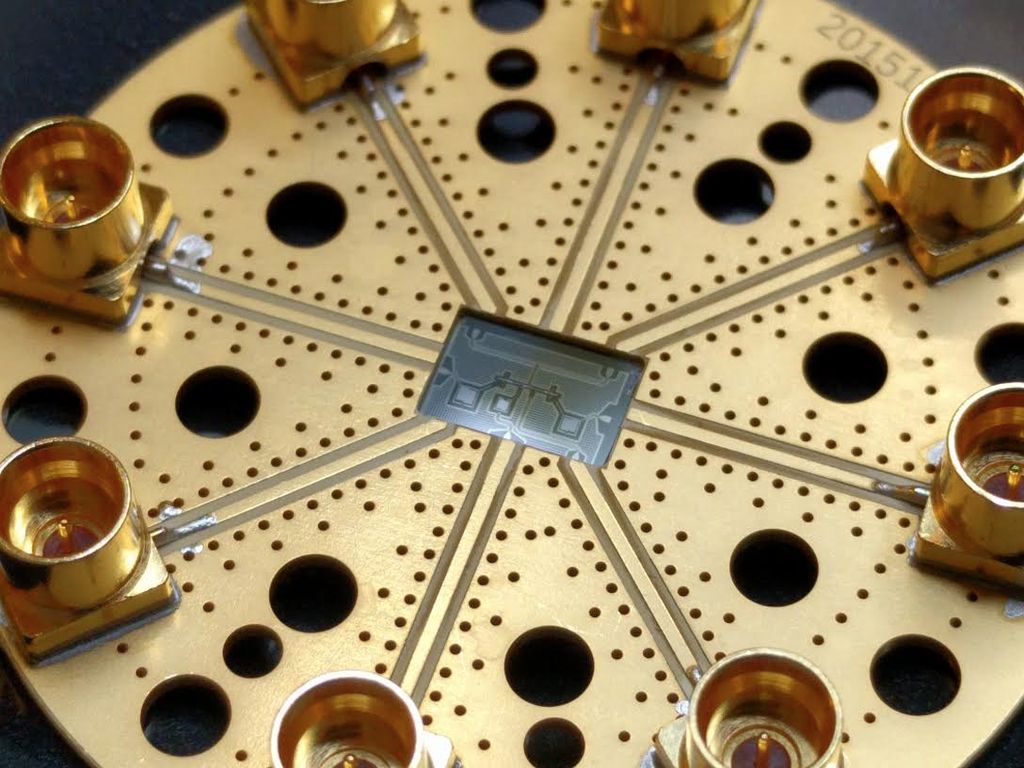Feb 10, 2016
Inside SU’s First Salon: Lab-Grown Organs, Cybersecurity, and AI Music Apps
Posted by Karen Hurst in categories: computing, cyborgs, food, media & arts, quantum physics, robotics/AI, singularity, transhumanism
“We will find new things everywhere we look.” –Hunter S. Thompson
At the rate of 21st century technological innovation, each year brings new breakthroughs across industries. Advances in quantum computers, human genome sequencing for under $1,000, lab-grown meat, harnessing our body’s microbes as drugs, and bionic eye implants that give vision to the blind —the list is long.
Continue reading “Inside SU’s First Salon: Lab-Grown Organs, Cybersecurity, and AI Music Apps” »
